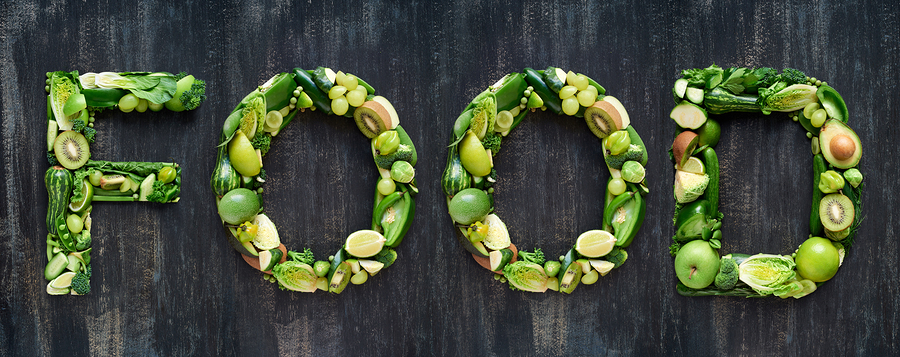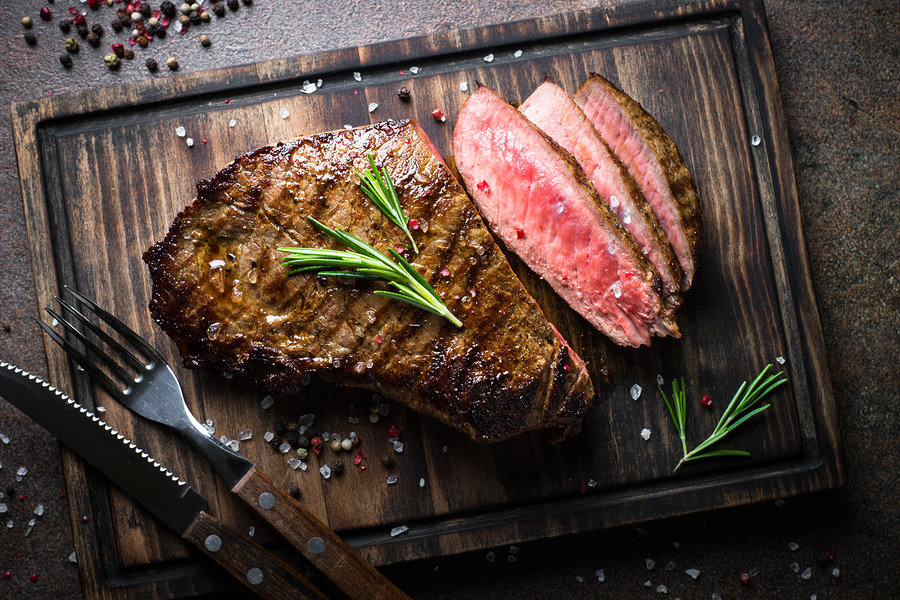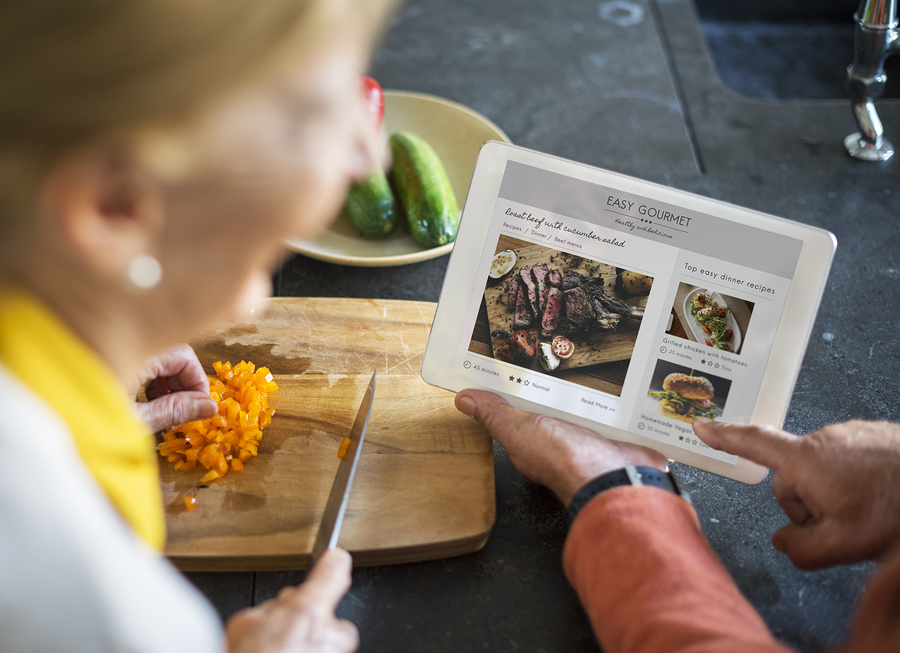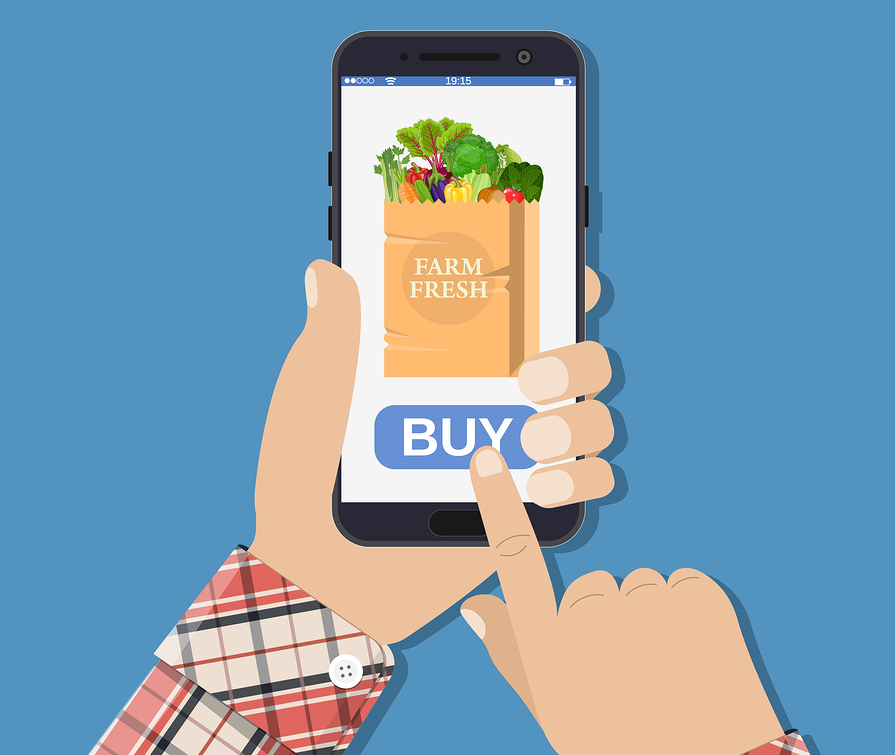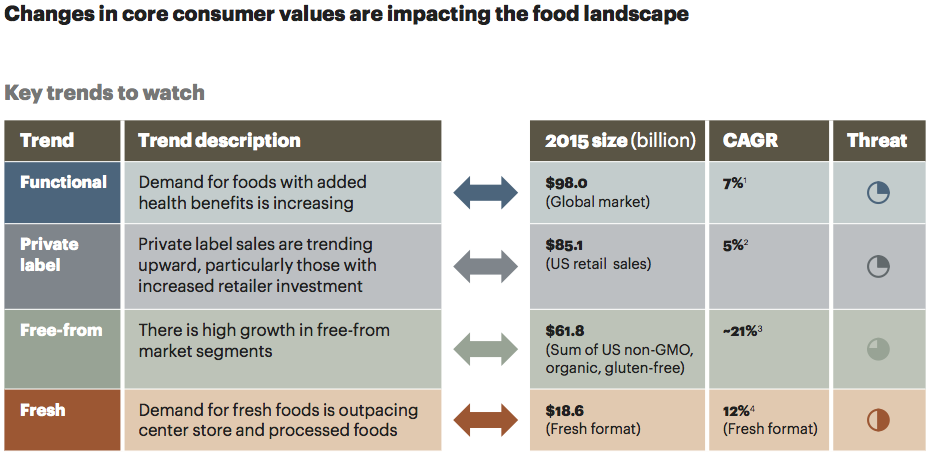
Emergence of The New Wholesome Life
September 11th, 2017 Posted by Emergent brand marketing, Brand preference, consumer behavior, Culinary inspiration, Food service, Food Trend, Healthy Living, Retail brand building, Transformation 0 comments on “Emergence of The New Wholesome Life”Food consumption is going home.
The latest consumer survey report from Benenson Strategy Group (BSG) nailed the shift we’ve seen emerge recently: Seventy-seven percent of consumers “almost always” prefer a home-cooked meal rather than a restaurant option. According to the survey, twice as many consumers routinely eat home cooked rather than restaurant food.
It’s a significant change to be sure. We’ve watched the annual creep of food service spending for years as home food consumption lost ground. Consumers seemed content to abandon the kitchen in favor of outsourced meals. All those pots and pans sitting in the cabinet gathering dust as people often favored ‘do it for me’ —especially in the growing fast casual sector.
Well, not anymore.
A kitchen renaissance is in full swing as mealtime moves home and consumers increasingly look for food preparation ideas and menus they can do themselves. From scratch cooking to meal kits and supermarket prepared foods, it’s a mélange of everything. From full-on culinary exploration to time-sensitive partial prep solutions featuring fresh, often farm sourced meal kit menus — all are unfolding in the home kitchen.
So what happened?
We call it emergence of The Wholesome Life — an overwhelming desire for control and authorship over higher quality food experiences. At the crux of this change is a realization that consumers care deeply about managing freshness, ingredient decisions and using foods they believe are simple, clean and less processed.
Consumers, by the way, defined clean eating in the study as:
- Free from pesticides – 63%
- Free from added hormones – 49%
- Food that is all natural – 47%
- With no added sugars – 38%
Food Navigator’s coverage of BSG’s study outcomes described this in cultural terms as “a desire to eat fresh, wholesome and ingredients they (consumers) can both pronounce and customize to fit their unique dietary needs.” BSG Partner and survey author Danny Franklin reports a rapid climb in interest for “greater control, greater transparency and a greater perception of authenticity.”
Also at work here: realizing and preserving the emotionally-satisfying experiences of serving loved ones and maintaining (and honoring) family time. Right along side the relationship-burnishing benefits runs the passion for a healthier lifestyle, aided to a great extent by higher quality, real food options now prepared at home.
Home is indeed where the heart (and palate) is…
This shift home offers an extraordinary opportunity for food brands and retailers to build more meaningful and relevant relationships with consumers. Whether the motivation is better-for-you eating, satisfying a creative passion to experiment with new cuisines, or facilitate social experiences with friends and family, brands and retailers can become partners and enablers on this journey by offering useful, helpful guidance on:
- Menus
- Healthier preparations
- Snacking ideas
- Shopping lists
- Cooking techniques
- Kitchen hacks
- Kitchen tool advice
- Flavor enhancements
- Special occasion planning
- Global cuisines
- Food and beverage pairings
There’s virtually an endless array of opportunities to help feed this preference and behavior, and in so doing, brands can earn a place at the table alongside consumers and their passions around food.
Especially exciting, we think, is the chance to build video content that satisfies the need to know more — served with a big helping of emotional impact because food is such a visual feast. You can almost taste it, right?
So, when are you coming over for dinner?
Looking for more food for thought? Subscribe to our blog.
Bob Wheatley is the CEO of Chicago-based Emergent, the healthy living agency. Emergent provides integrated brand strategy, communications and insight solutions to national food, beverage, home and lifestyle companies. Emergent’s unique and proprietary transformation and growth focus helps organizations navigate, engage and leverage consumers’ desire for higher quality, healthier product or service experiences that mirror their desire for higher quality lifestyles. For more information, contact [email protected] and follow on Twitter @BobWheatley.
